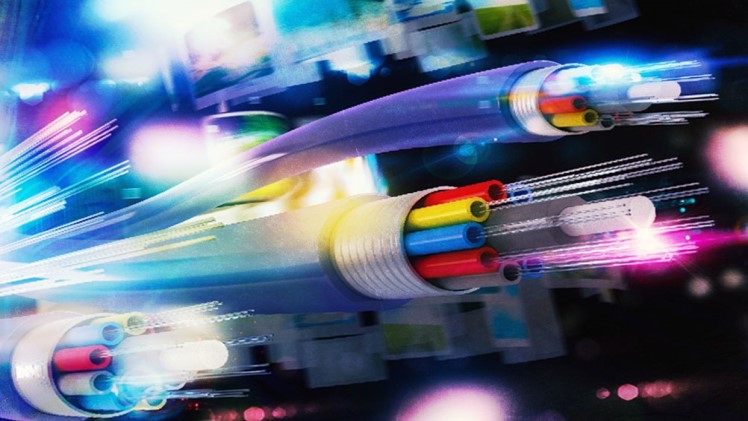The Internet has established itself as the most adequate platform for multimedia communications and for the delivery of streaming multimedia content. Though signaling (the topic of this book) is most critical, it is not the only protocol required for multimedia communications. Internet standards feature a pretty clean breakdown of functionality, and each function is performed by one single protocol.
Duplication of functions on two or more protocols is carefully avoided so that different implementations can have only one single way of being standard-compliant. Table 2.1 shows the key standard Internet multimedia protocols.
The complete list is, however, bigger that what is shown in the table. The wise design decision of the Internet architects to make it equally suitable for any application has, however, led to the surprise of multimedia file sharing and real-time communications that are not based on standards, mostly using peer-to-peer protocols (P2P), some of which are described in Chapter 20.
A useful observation is that P2P traffic is dominant on the Internet, according to several sources. An interesting source on Internet usage statistics that include P2P traffic are given in [3] and [4]. P2P applications (such as replacements of centralized IP PBXs) are also being deployed in the enterprise.
Read more about: imgupload

